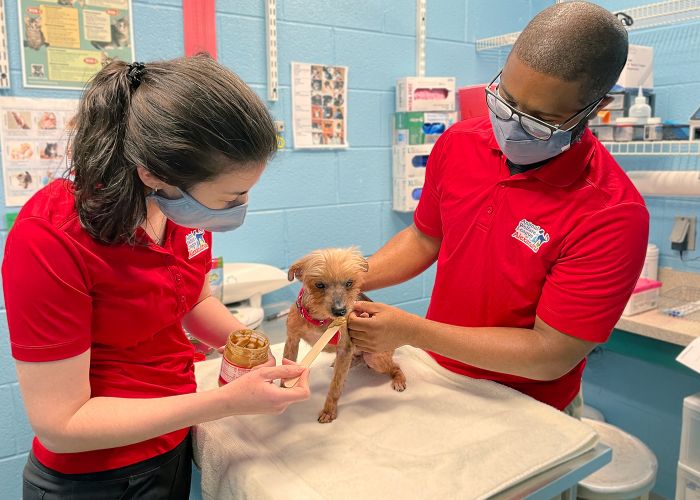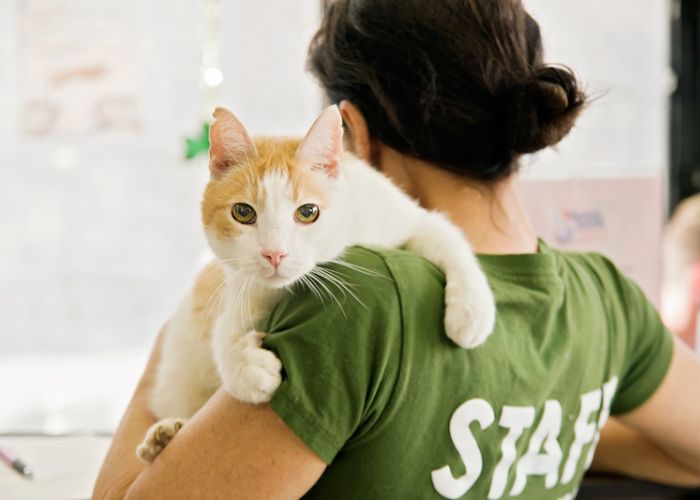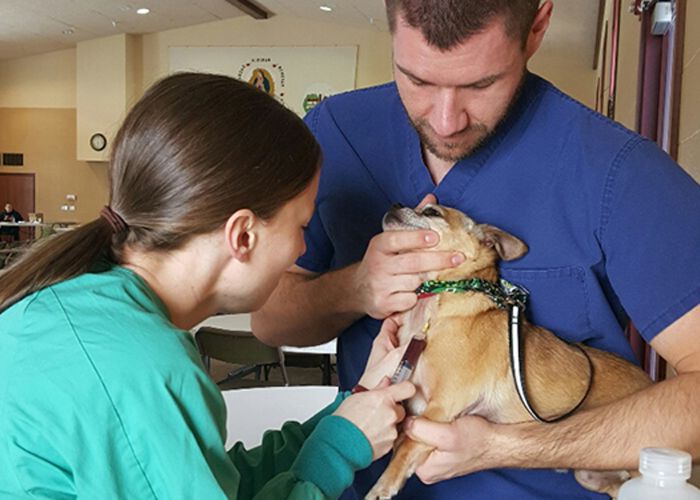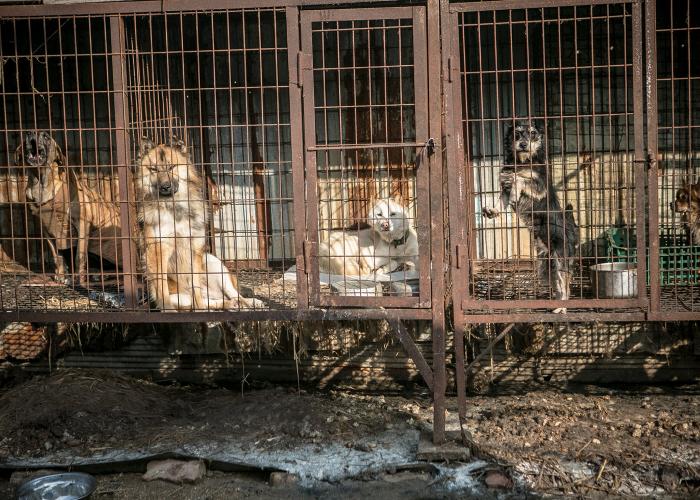Tapping into the power of people
An open, inclusive approach to community cat management spurs positive results
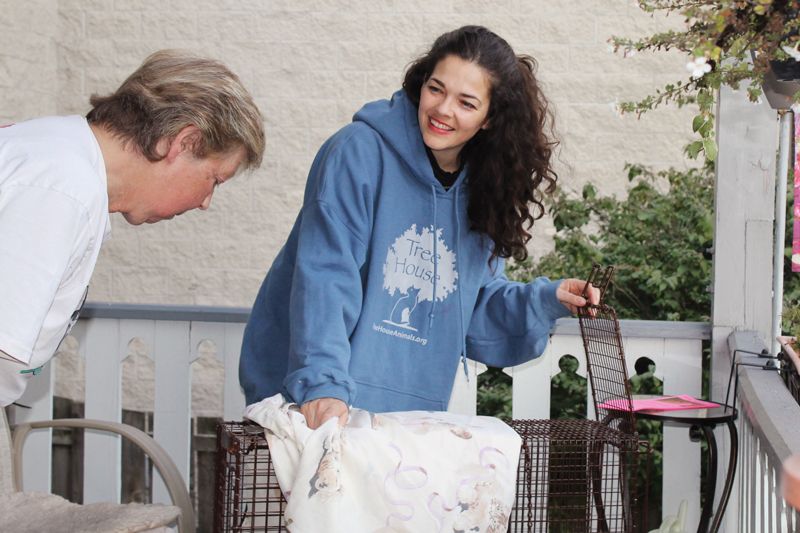
Jenny Schlueter, a self-professed “cat lady,” is also a people-person. You know the type—always ready with a sunny smile and genuinely happy to meet someone new. If that description doesn’t fit you to a T, you’re not alone. But Schlueter’s experiences can help even the most introverted cat advocate see the benefits of engaging with people.
Schlueter was already a seasoned community cat advocate when she started a trap-neuter-return (TNR) program at the Tree House Humane Society in Chicago in 2003. In the beginning, she recalls, the program was very reactive, essentially responding to random calls from across a broad service area. But after Schlueter bought a house in a more economically depressed area of the city, she realized how many cats and caregivers weren’t being helped by that approach.
Her new neighborhood was home to many cats in need of some form of intervention. So Schlueter, who currently serves as Tree House’s director of development and TNR program manager, secured a grant and began a people-centered community cats campaign to make a real difference. Partnering with the HSUS Pets for Life (PFL) program, Tree House now runs a targeted TNR effort that assists families and cat caretakers in Chicago’s West Side. Their work takes them into some of the city’s most underserved neighborhoods, where they have found that the cats—whether owned, semi-owned, feral, social or somewhere in between—are embedded in a community that includes people who love and care for them.
When Schlueter first started “walking the beat” in her neighborhood and talking with people about cats, she encountered a great deal of fear and mistrust. Many residents thought she was there to steal the cats they loved and didn’t readily open up to her. With the help of the PFL team, she persisted and won allies in the community, who then championed the TNR cause and got more people on board. “It is more community organizing than anything else,” Schlueter says, “and it goes hand-in-hand with targeting our TNR efforts. What may seem like more work up front will be more than worth it in the end.”
In 2010, Tree House had only a handful of registered caretakers in four ZIP codes; it now has 175 and has trapped 3,500 cats total in the target areas. The local shelter has seen stray cat intakes from those ZIP codes reduced by 20 to 50 percent. “The most rewarding thing about this approach is to see how grateful people are when they realize that someone else cares about the cats and wants to help them,” Schlueter says.
PFL Chicago manager Danny Burke notes that TNR advocates working in underserved areas can sometimes behave a bit like feral cats. They may lurk in the shadows, trapping in the dark of night and avoiding conversations with community members because they assume there will be conflict. Some trappers may not recognize that most of the community cats they are trapping, even if feral, are quasi-owned by people who could become natural partners in the effort to sterilize and vaccinate them, Burke says.
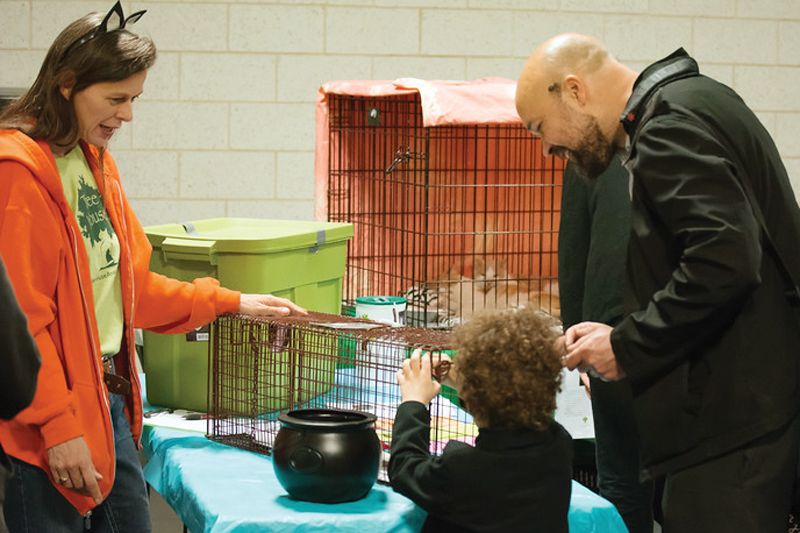
In the rural Northeast Kingdom region of Vermont, Bonnie Geisler is also championing the power of people as a key component of the TNR program she leads for the Felines & Friends Foundation. Geisler and her team go door-to-door in targeted neighborhoods, engaging residents in practical discussions about TNR and the presence of cats in the neighborhood. “People here love us and the work we do,” she says, and many want to help when given the opportunity.
By talking with community members, the group has found cats in need of services who they would never have known about. And they’ve been able to resolve conflict situations that could otherwise have threatened the cats’ safety.
As in any community, there are some folks who don’t like the cats or want them removed. These people typically change their tune after having their frustrations heard and learning how TNR works to reduce nuisance behaviors like spraying, Geisler says. Her team also provides advice on how people can deter unwelcome cats from their properties.
Geisler’s philosophy is simple: “Keep an open, nonjudgmental approach, and most people will surprise you.”



